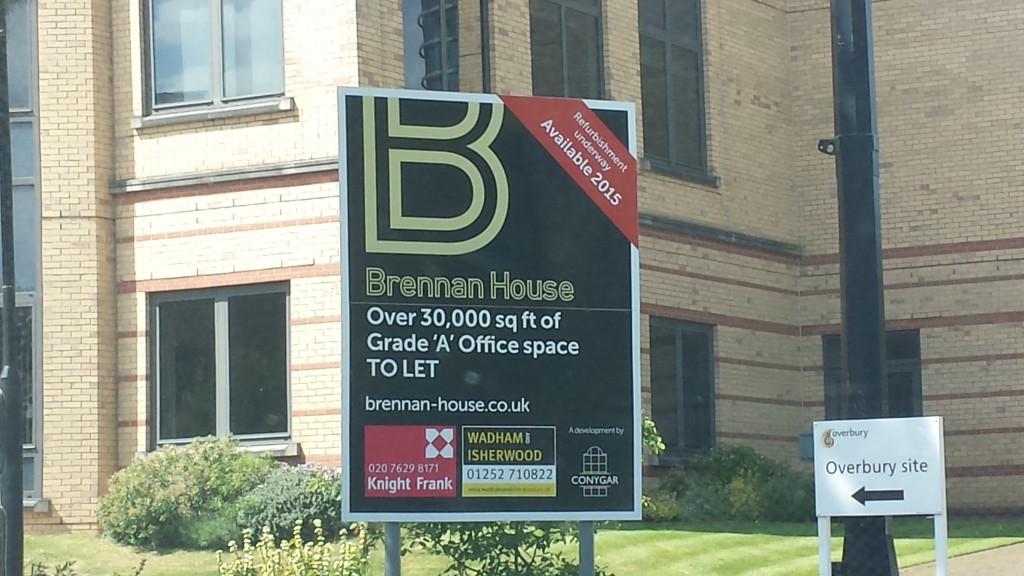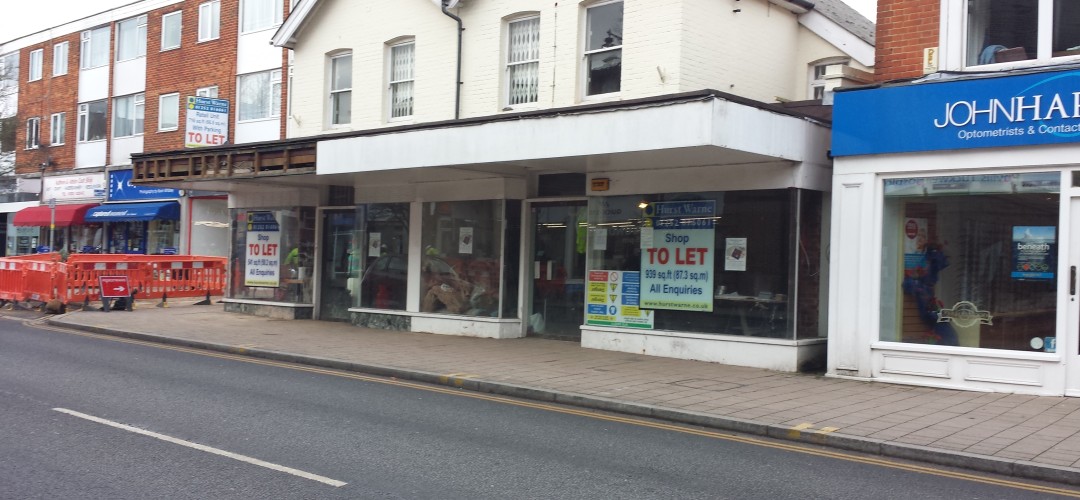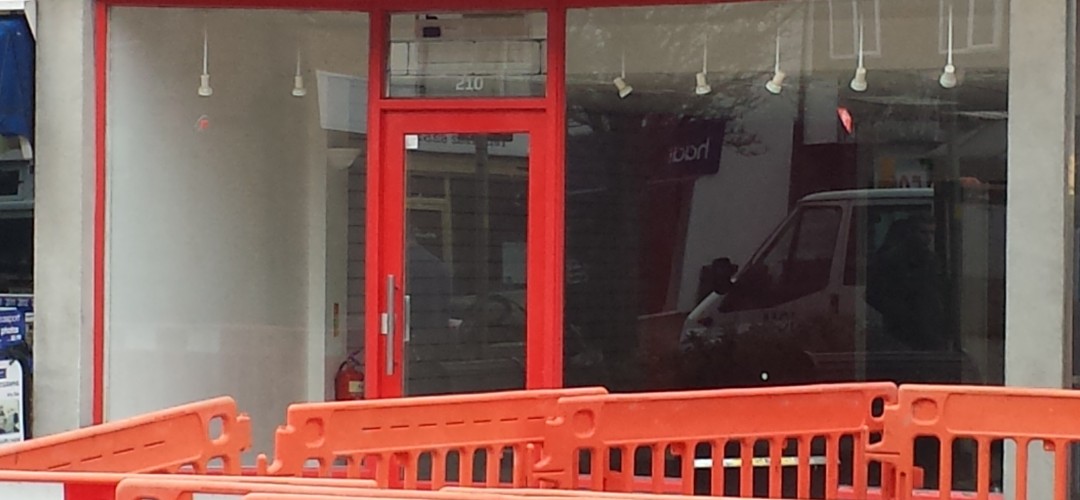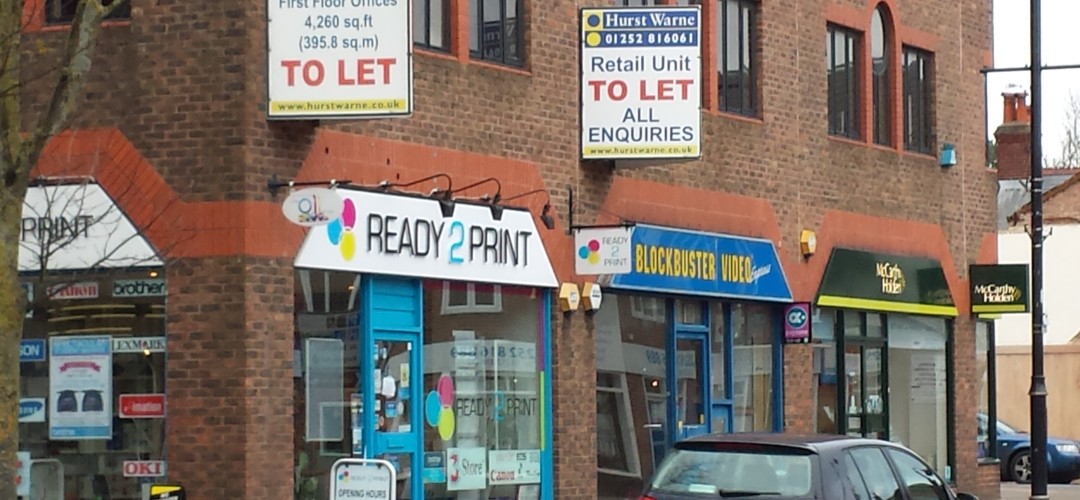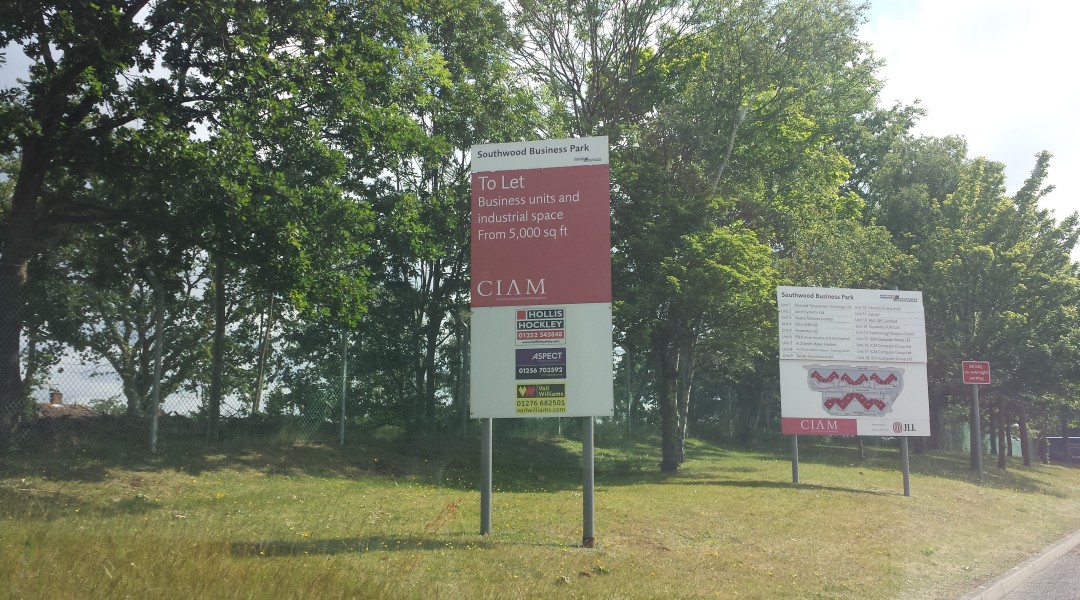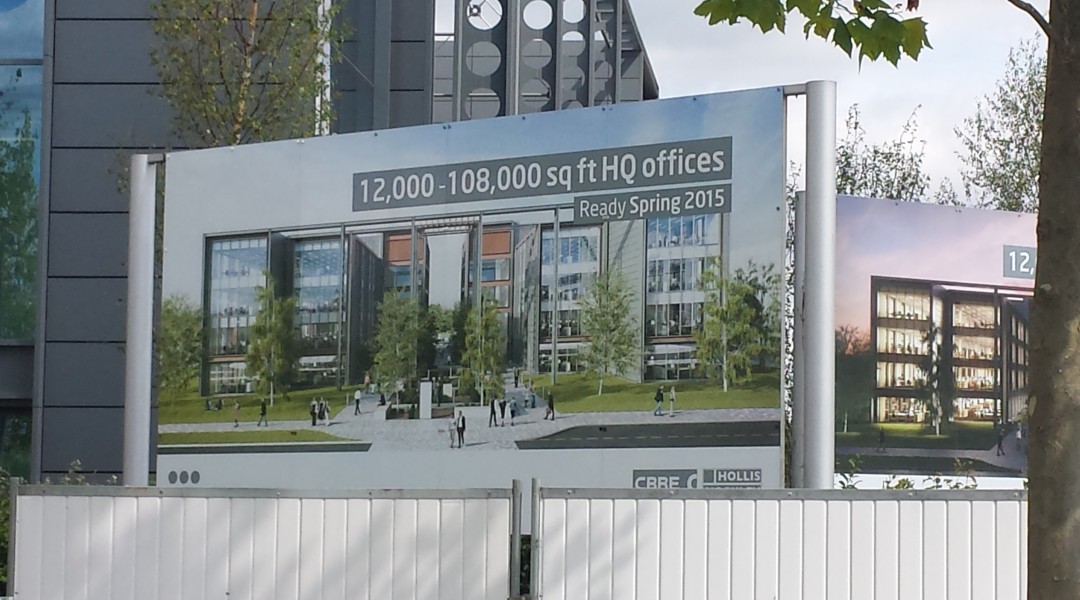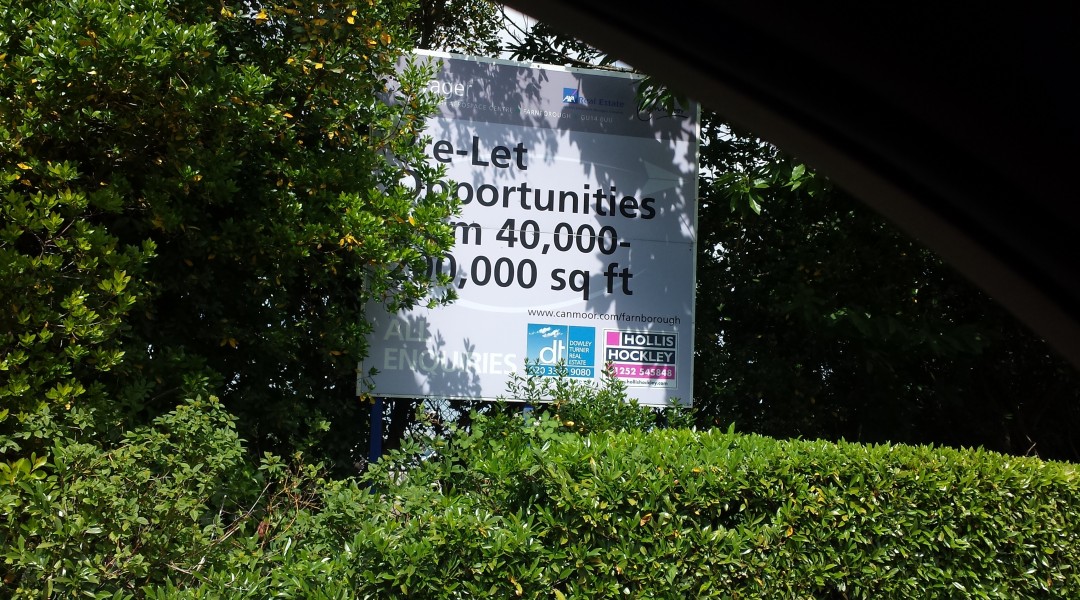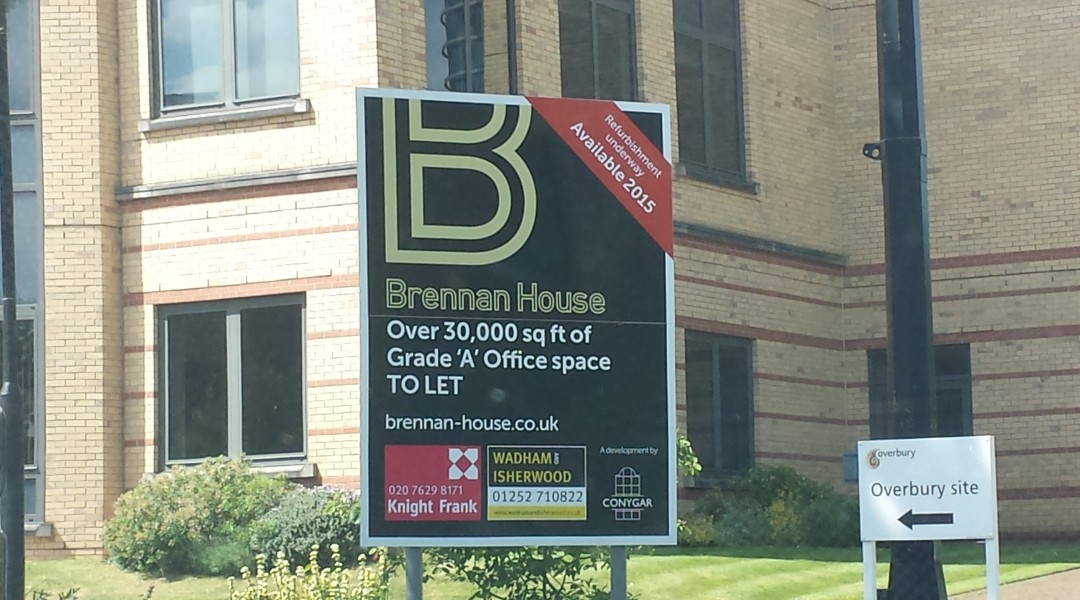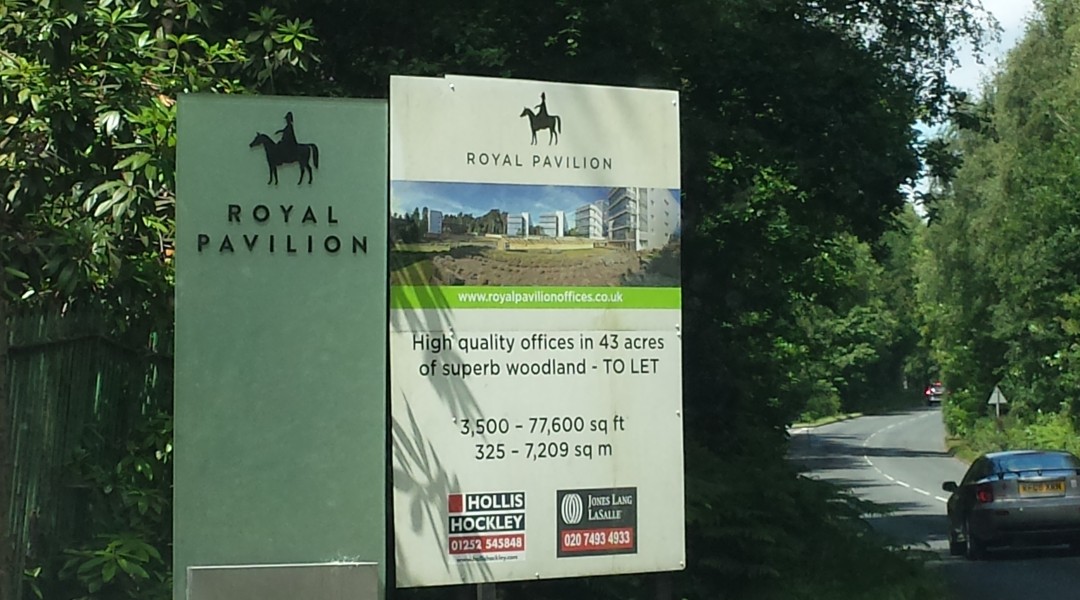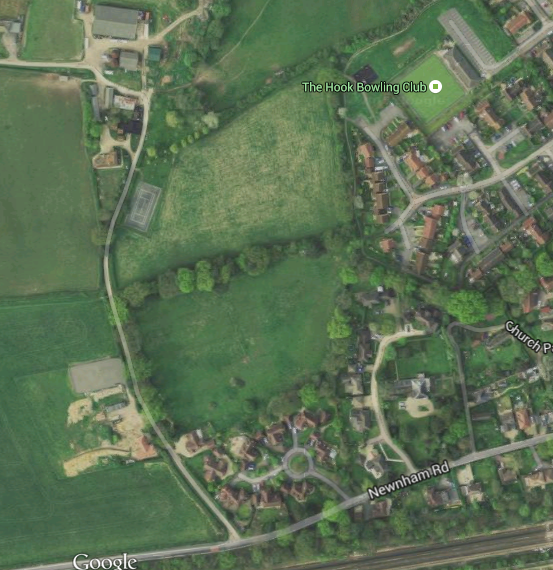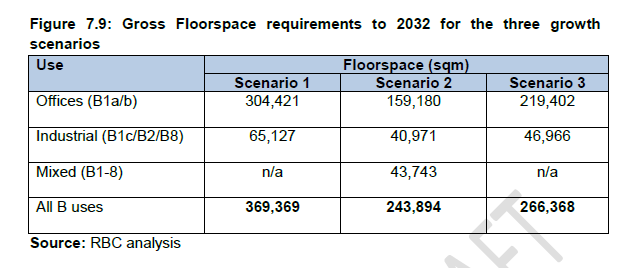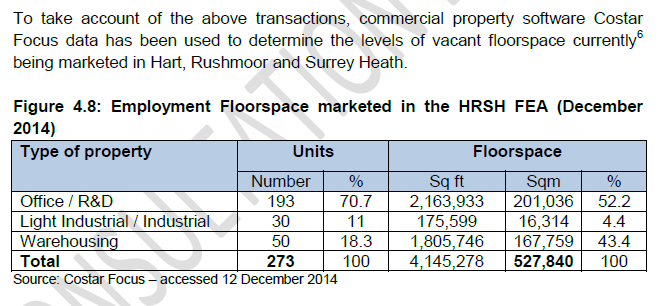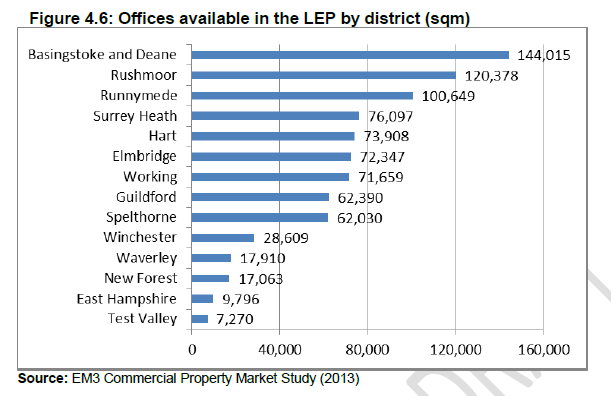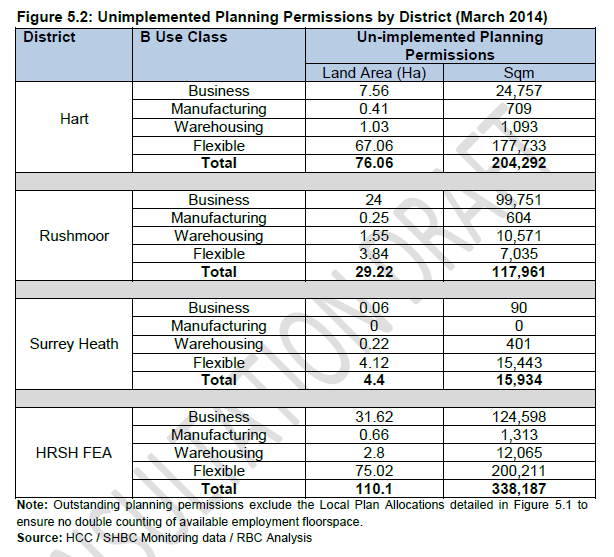Hart District Council has written to local Parish Councils setting out its interpretation of the new Government planning policies set out in the new Productivity Plan. However, it doesn’t seem to be following this guidance and is on a collision course with Government policy. Their interpretation is shown below in italics, with our comments in red plain text:
“If you don’t get a Local Plan in place soon the Government will intervene and arrange that they are written for you. We pointed out months ago that the Local Plan project is well behind schedule, but Hart dismissed these concerns. Hart has recently announced it will publish a draft local plan later this year, at least six months behind their original schedule, but it appears set on ignoring our 5-point plan for change. This additional consultation step is welcome, but it does illustrate the weaknesses in project management and governance.
To speed up the Local Plan process the Government will bring forward streamlined processes
The government will strengthen guidance to improve the operation of the duty to cooperate on key housing and planning issues, to ensure that housing and infrastructure needs are identified and planned for. Hampshire as a whole has a £1.9bn funding deficit, Rushmoor £80m and Hart £78m. All of these figures are likely to be under-estimates because many of the numbers were compiled before the latest housing allocations were calculated. Rushmoor has barely mentioned infrastructure in its draft plan and Hart has barely started identifying the infrastructure requirements.
The government will consider how policy can support higher density housing around key commuter hubs. The government will also consider how national policy and guidance can ensure that unneeded commercial land can be released for housing. This is in line with the arguments we have been making about building higher density developments in urban areas, yet Hart is persisting with its new town idea in defiance of government direction. Indeed, we have used the Employment Land Review evidence to demonstrate that at the end of the plan period there’ll be 195 hectares of vacant employment land across the Housing Market Area yet neither Hart nor Rushmoor appear to be taking this seriously.
The government has already committed to legislating for statutory registers of brownfield land suitable for housing in England. The government will go further by legislating to grant automatic permission in principle on brownfield sites identified on those registers, subject to the approval of a limited number of technical details. On brownfield sites, this will give England a ‘zonal’ system, like those seen in many other countries, reducing unnecessary delay and uncertainty for brownfield development. Hart has refused to even take the first step of a ‘brownfield first’ strategy by ruling out creating a register of brownfield sites. Hart risks being lumbered with poorly designed schemes if it doesn’t take a proactive approach to brownfield sites.
The Government intends tighten the planning performance regime, so that local authorities making 50% or fewer of decisions on time are at risk of having decision making taken away from them.
It legislate to extend the performance regime to minor applications, so that local authorities processing those applications too slowly are at risk having decision making taken away from them
The Government will introduce a fast-track certificate process for establishing the principle of development for minor development proposals, and significantly tighten the ‘planning guarantee’ for minor applications
The Government will introduce a dispute resolution mechanism for section 106 agreements, to speed up negotiations and allow housing starts to proceed more quickly
The government will deliver its commitment to get 200,000 Starter Homes built by 2020, at a 20% discount for young first time buyers. The government is bringing forward proposals to help deliver this commitment, which include:
-
requiring local authorities to plan proactively for the delivery of Starter Homes. Surely, apartments in higher density developments in urban areas will give a much greater opportunity for delivering starter homes. Yet Hart is eschewing this type of development.
-
extending the current exception site policy, and strengthening the presumption in favour of Starter Home developments, starting with unviable or underused brownfield land for retail, leisure and institutional uses (Good but will be exploited by developers to build on the edges of towns and villages)
-
enabling communities to allocate land for Starter Home developments, including through neighbourhood plans
-
bringing forward proposals to ensure every reasonably sized housing site includes a proportion of Starter Homes (
-
implementing regulations to exempt these developments from the Community Infrastructure Levy, and re-affirming through planning policy that section 106 contributions for other affordable housing, and tariff-style general infrastructure funds, will not be sought for them” We don’t agree with this aspect of Government policy in that all extra housing will create additional demands for infrastructure, so a way needs to be found of funding infrastructure. However, even the contributions to green field development are not sufficient to cover the costs of additional infrastructure partly because 40% of developments that have to be “affordable” do not attract CIL or S106 contributions.






